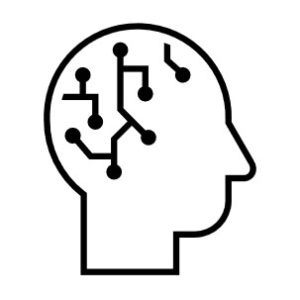
Understanding the Economy as a Complex System

Economies as complex systems can’t be described in one sentence. Looking into classrooms, students learn about economies as simple linear structures. They inhale demand and supply, production and consumer interests, money and currencies, prices and speculation. All that can easily be described by numbers and curves in a 2-dimensional or 3-dimensional math. Leaving the classroom, we come to notice: Economy is more. It is not 2- or 3-dimensional.
Especially the global economy – which evolved from cultivated assumptions and underlying paradigms – goes beyond that. How to emphasize the meaning of communication in economies? How to embed the history of countries or societies that differ as the two parts of this world: The Global North, much shaped by the industrial age, and the Global South, much shaped by exploitation and by running behind the paradigms of an industrial Global North? All of this makes the general idea of economy more complex than basic models taught us.
Complexity is part of the VUCA world. The term “VUCA” is made-up out of a necessary that we need new words to describe our economy. VUCA describes our economy as: volatile, uncertain, complex, and ambiguous.
Still, modern economic institutions adhere to the idea that we can manage economy in a simple manner. The direction is given by the power of profit. But: Theory makers must notice that economy has some new players on board. Not a single economy can be run without nature stabilizing the basis of all life and of all our resources that we manage. Nature laws and systems rules can’t be ignored. Climate crisis has shown us that economy needs to inherit systems thinking. The planet itself has become a player on the field. This is where circular economy comes into play. It offers an opportunity to see economy as it really is – as part of a complex system.
As Thinking Circular® it is our mission to give orientation in the economic jungle of dysfunctional systems to make circular economy not only a vision but reality. Therefore, we have adopted and adapted SI tools with circular approaches.
Here you can find our handbook. This handbook shall build a bridge from Systems Innovation to Circular Economy. It shall be a guide for managers who want to pave the way to a circular economy. Inspired by the Systems Innovation Network (SI), it delivers a description of the basic understanding of Systems Thinking that is needed to find one’s way in the complex and everchanging world of economics. To help readers better understand this system.
It will be available as a free open-source document. Just have a look at Knowledge -Thinking Circular (thinking-circular.com)



No Comments